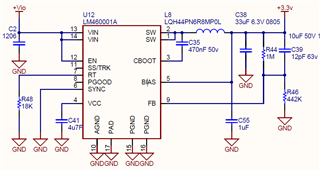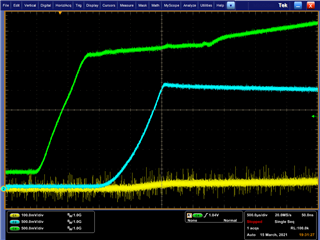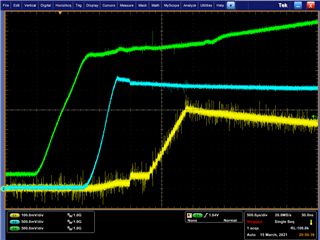Other Parts Discussed in Thread: LM46000,
We have an a few percent of boards failing in the field in the same way as described in the related thread. It appears that the ability for VIN to provide the initial voltage to the LDO in broken. If we provide 3.3v to VCC momentarily the device starts and then functions as normal. Our application is 24v down to 3.3v with around 400ma load. The 24v is derived from an LM46000 operating from 48v. We have checked that Vout > Vin during shutdown and we do not believe BIAS can be > 30v nor VIN > 65 volts. Since the previous question is marked resolved do you please have a likely candidate for this failure mode.
Thank you.





